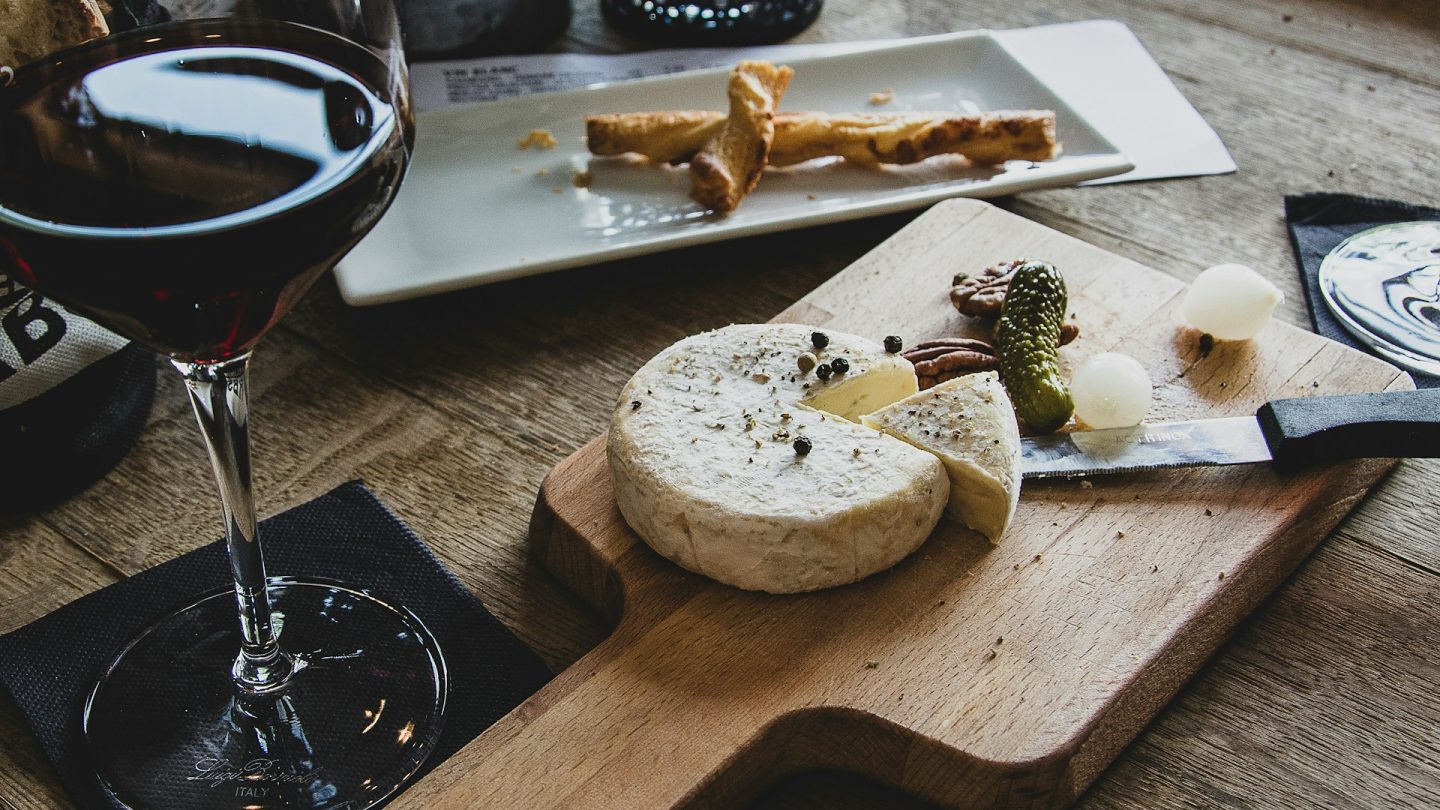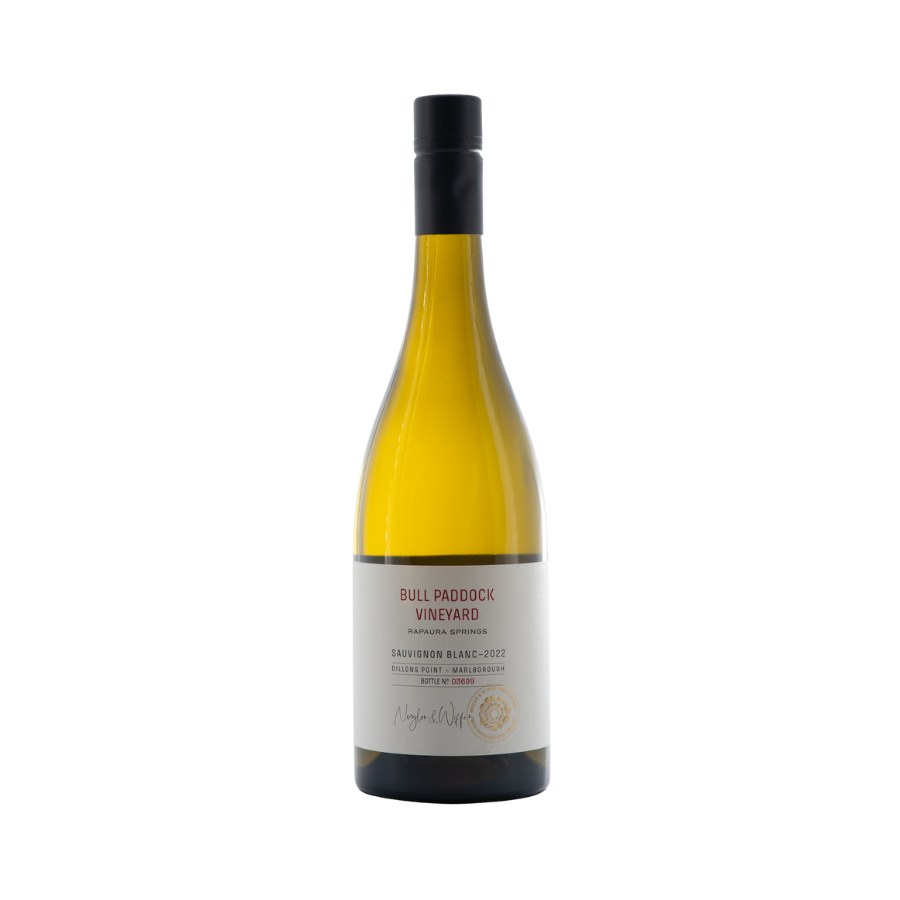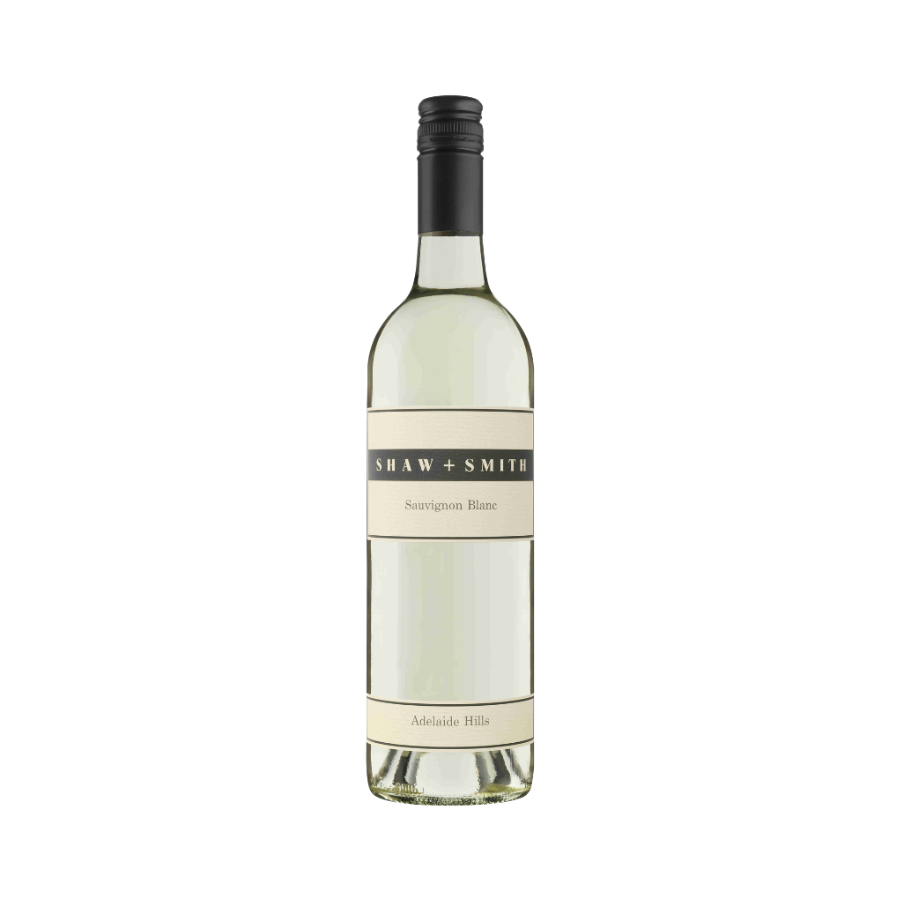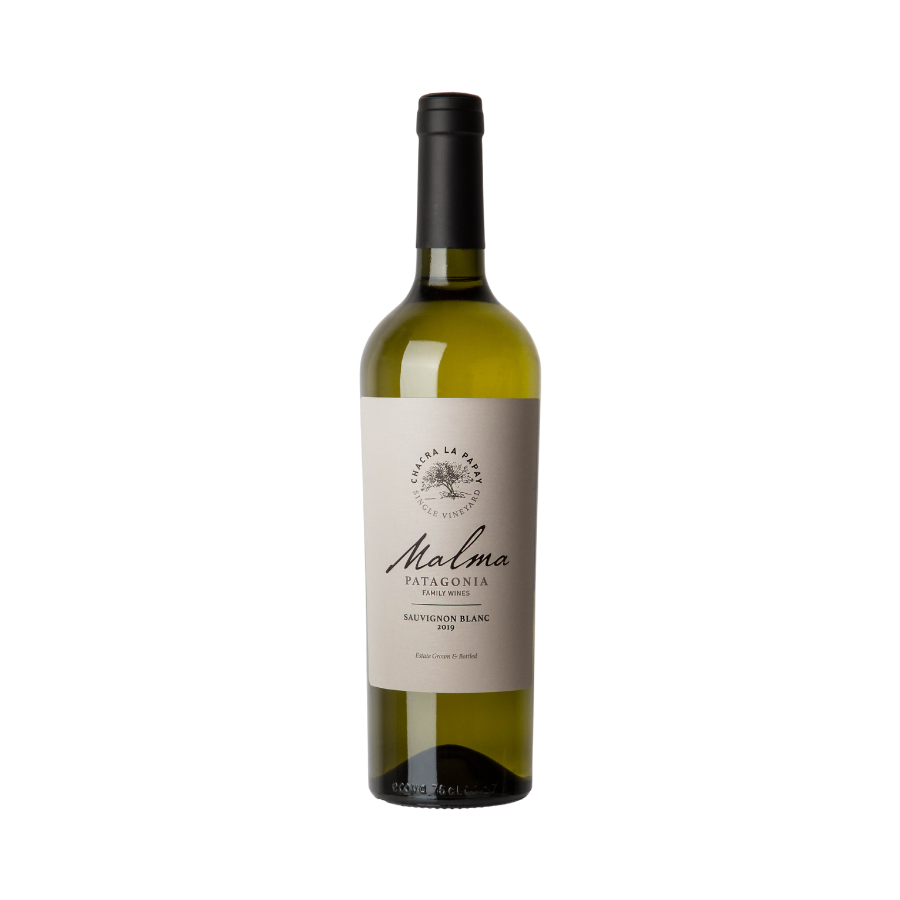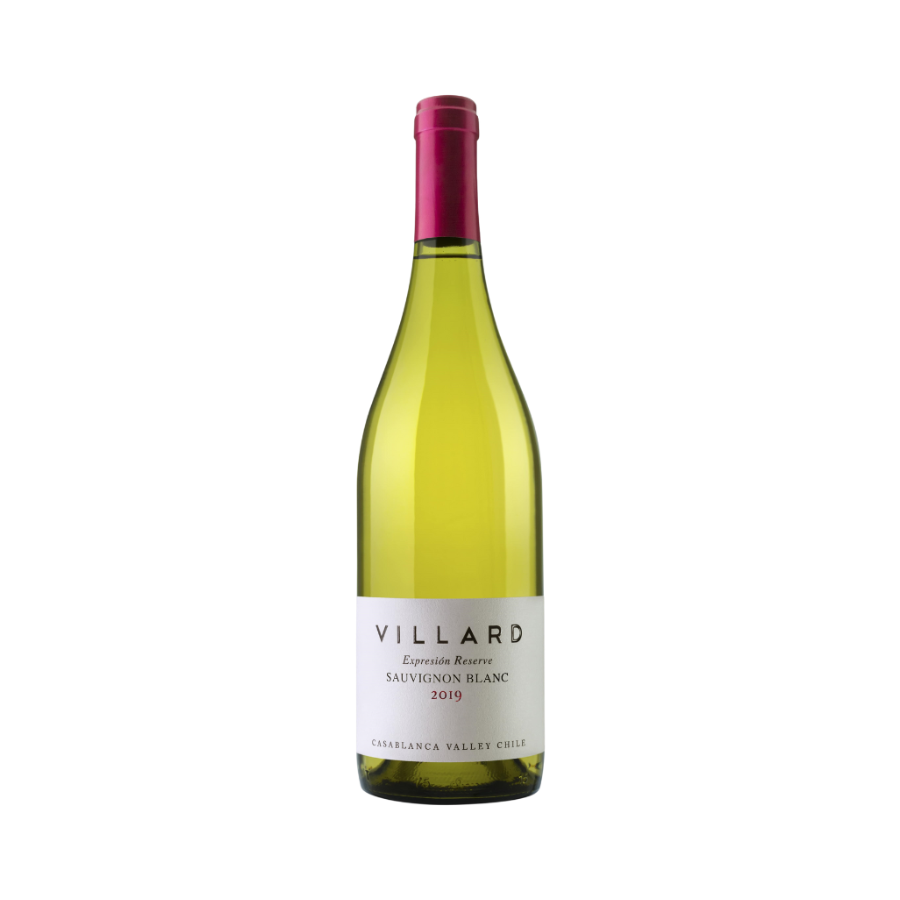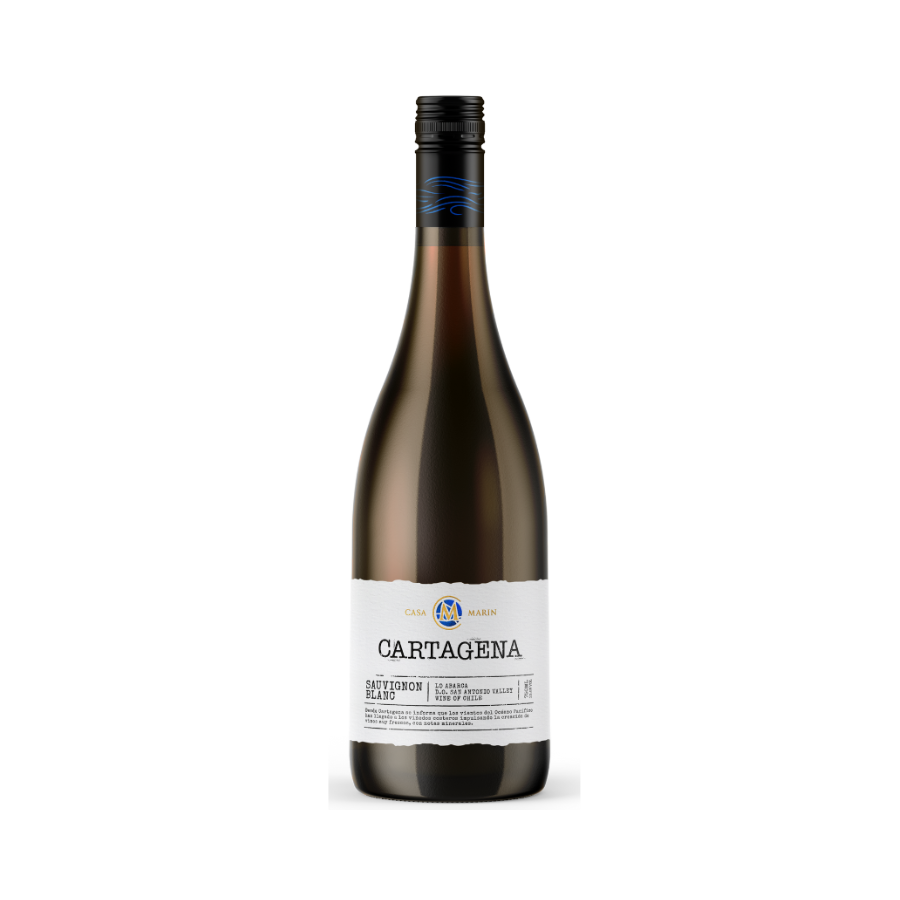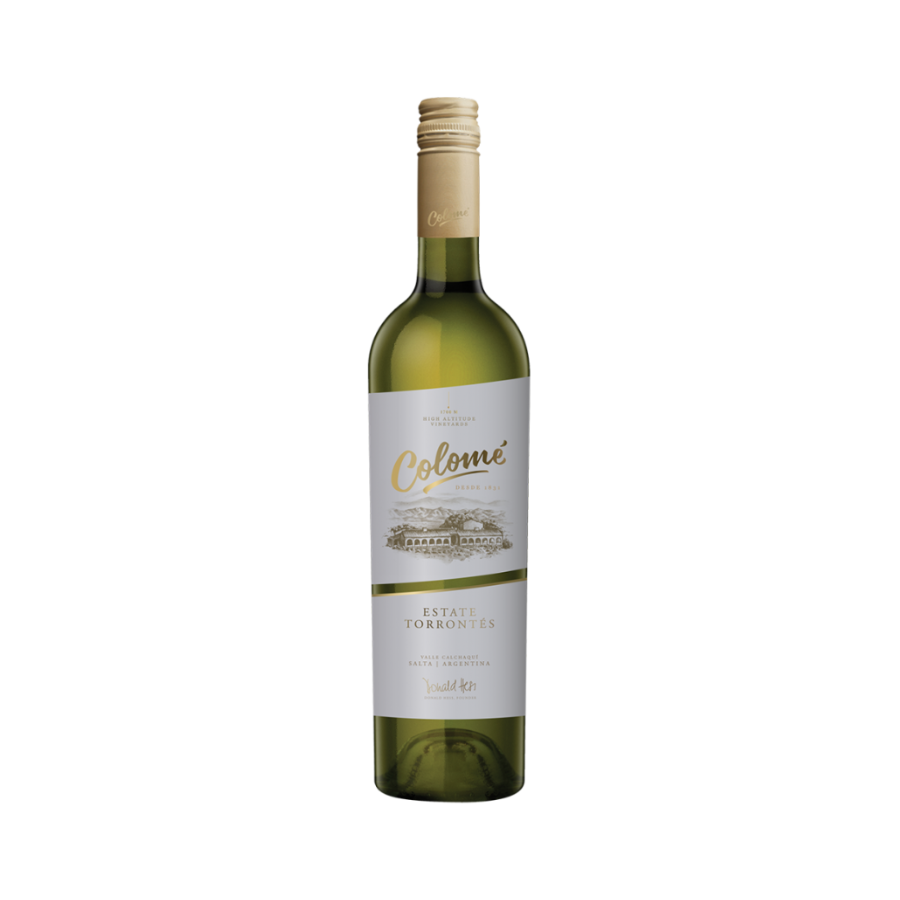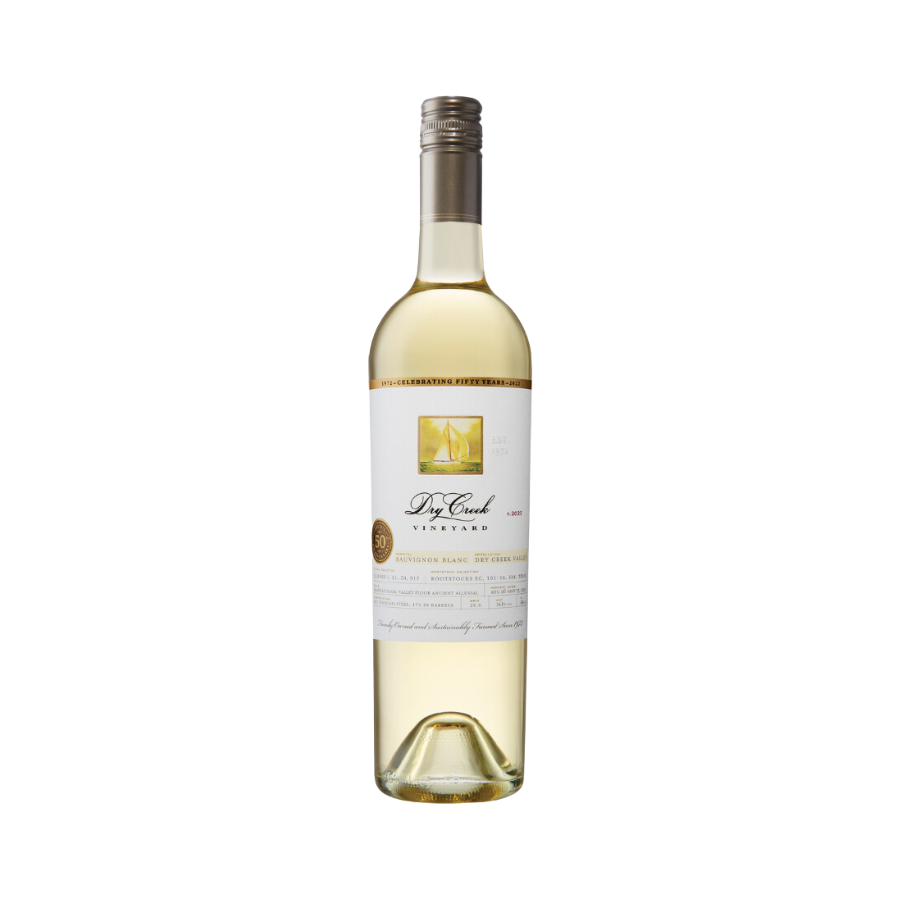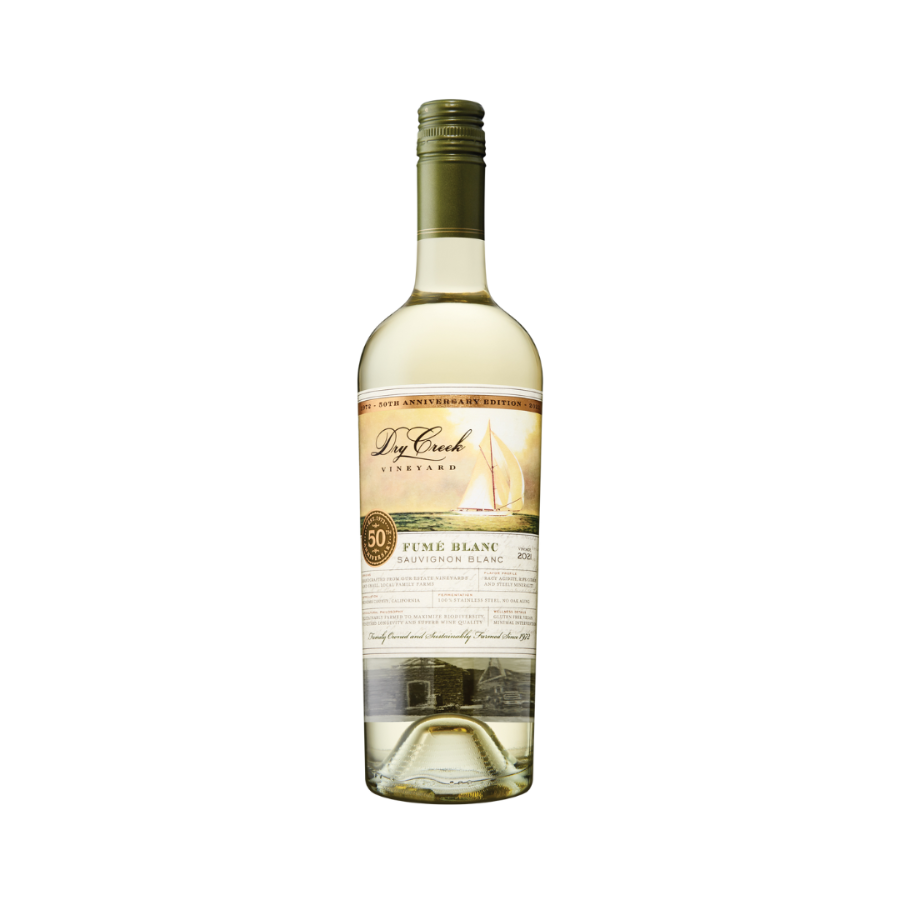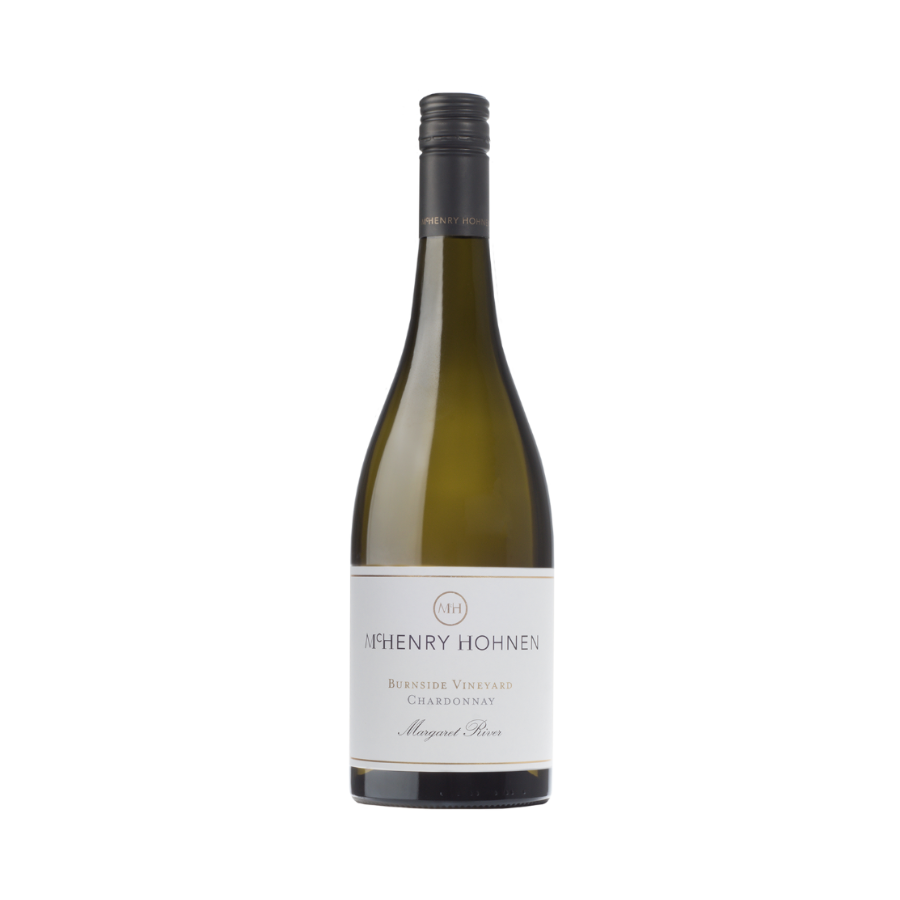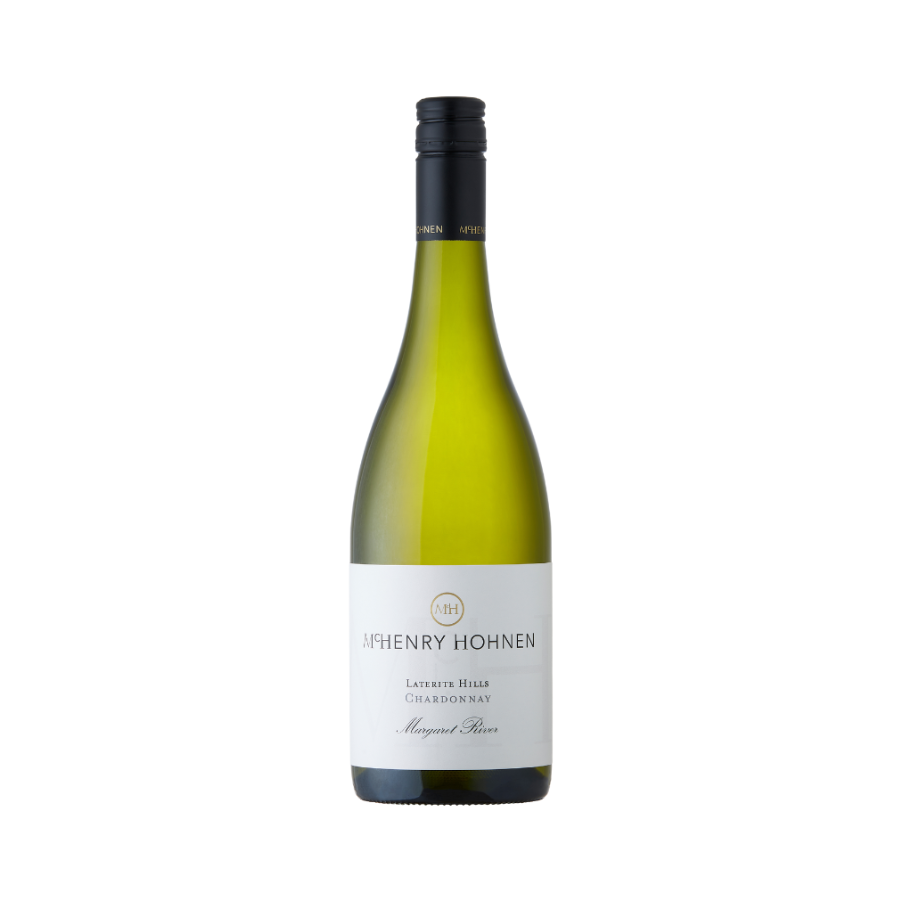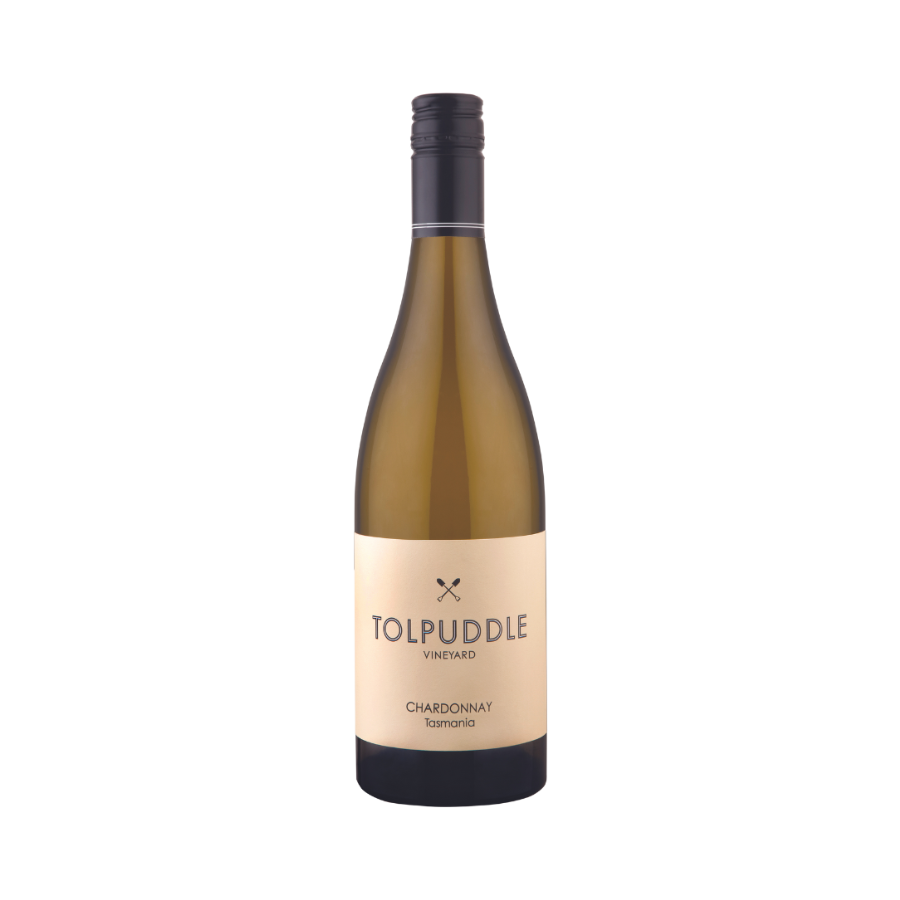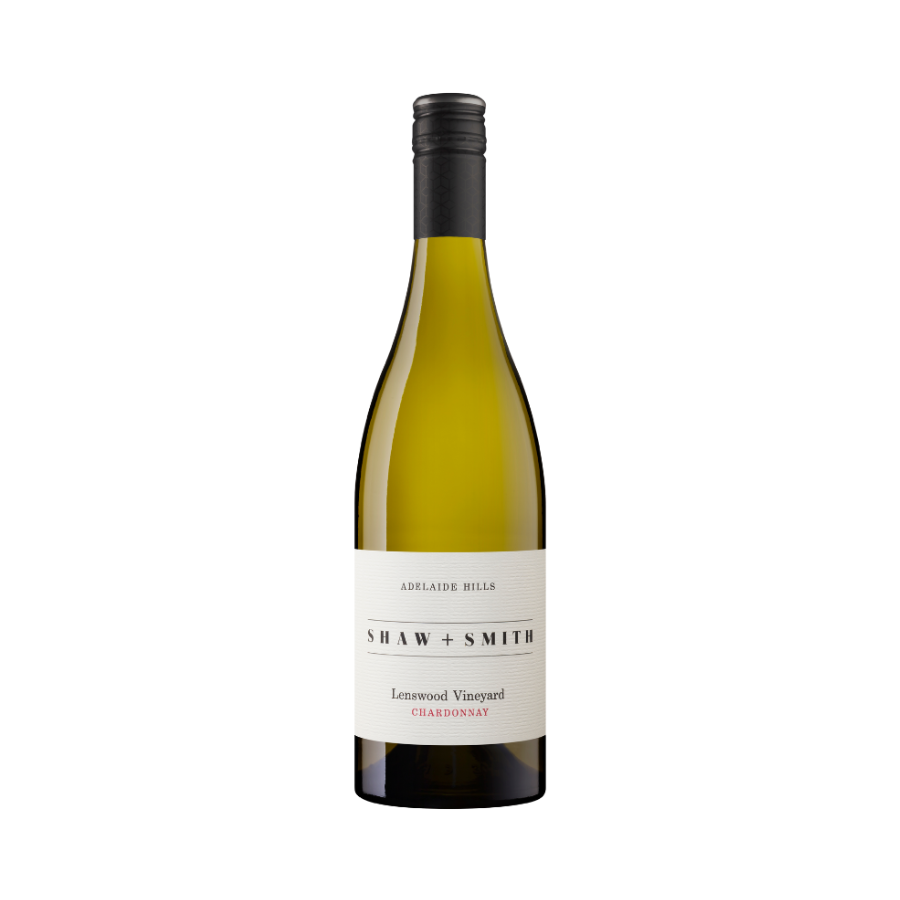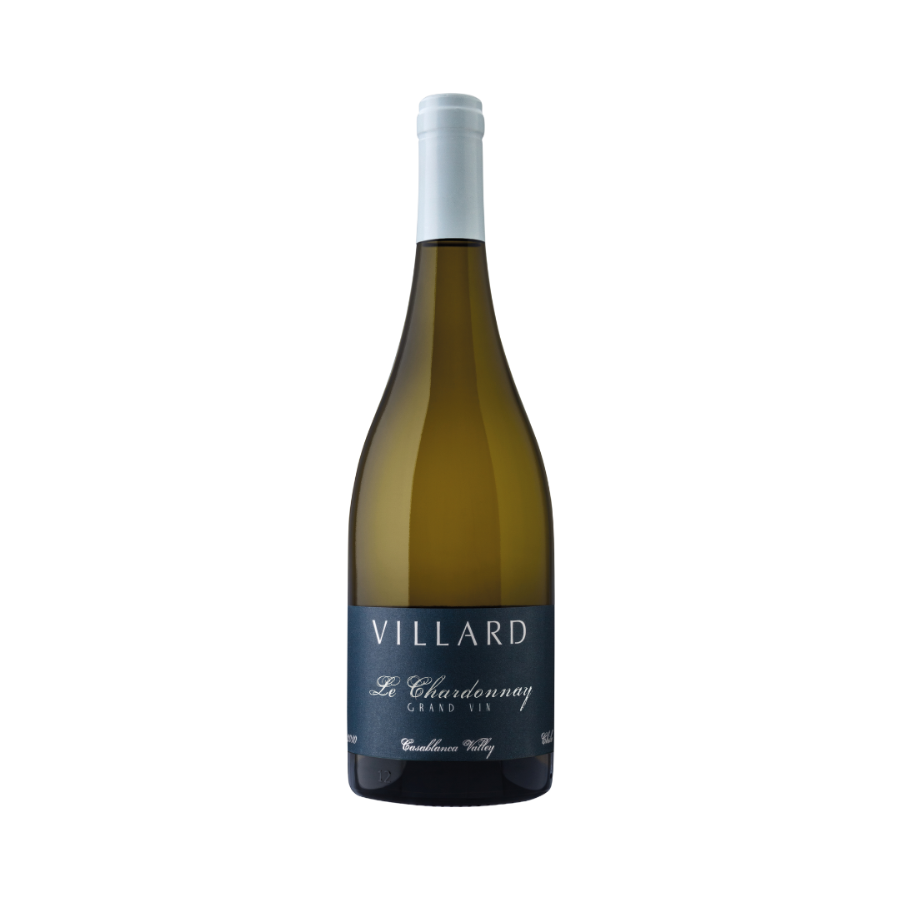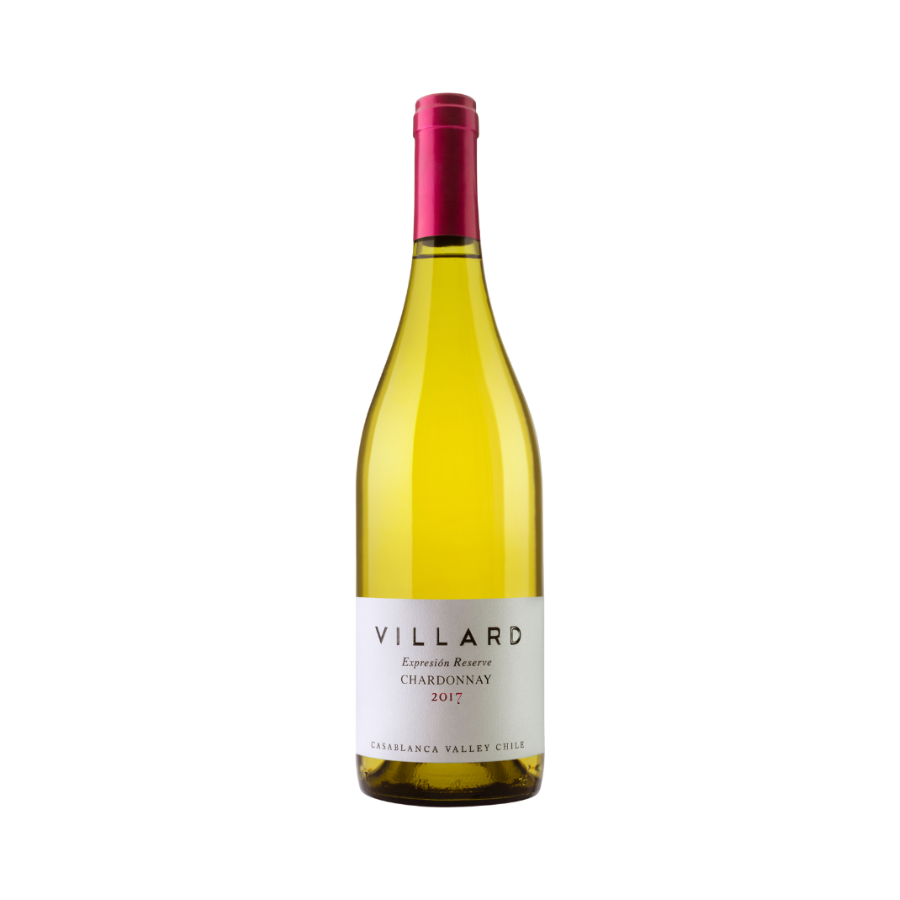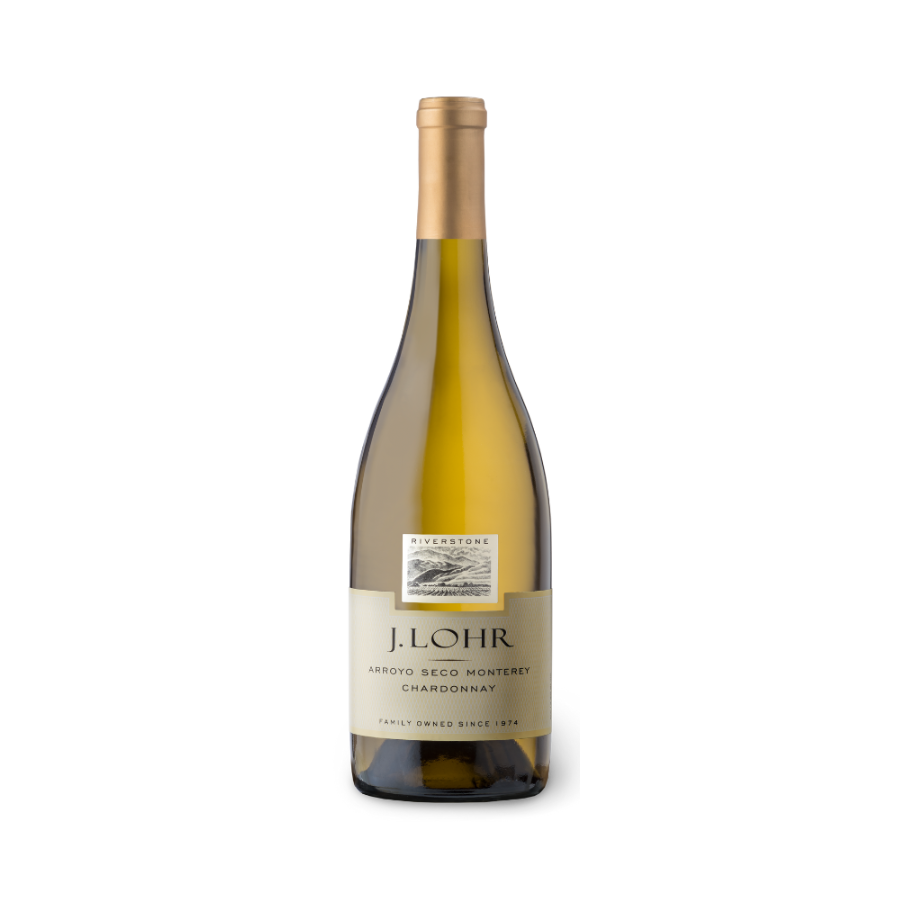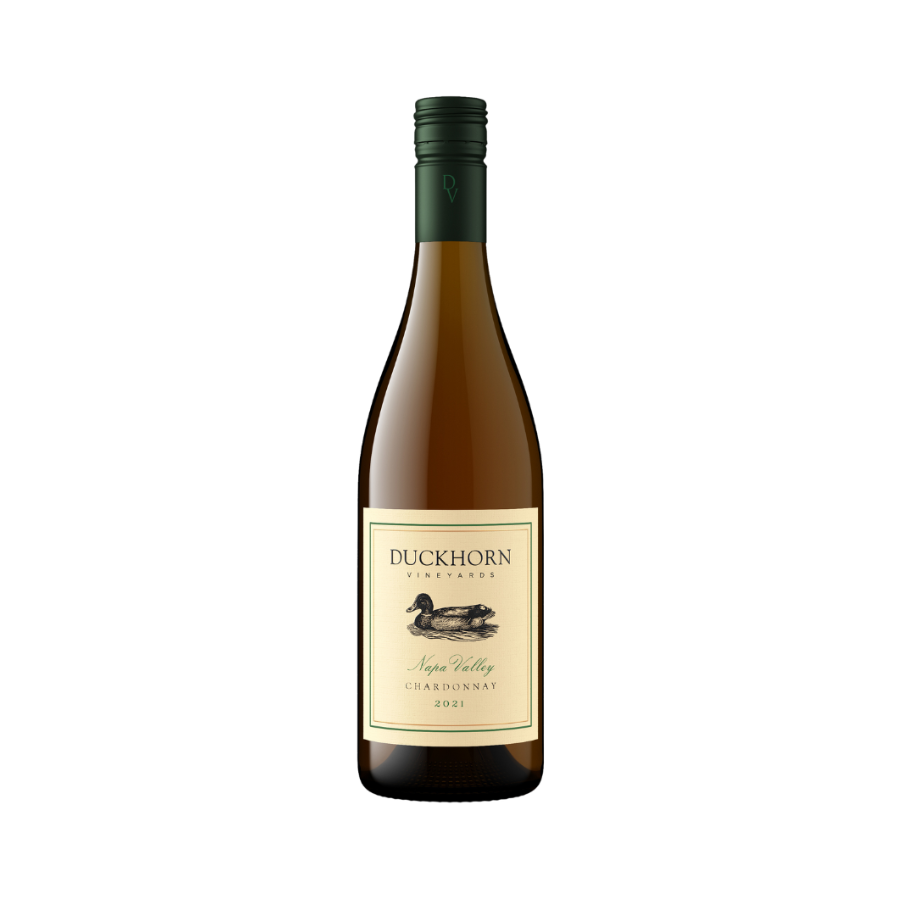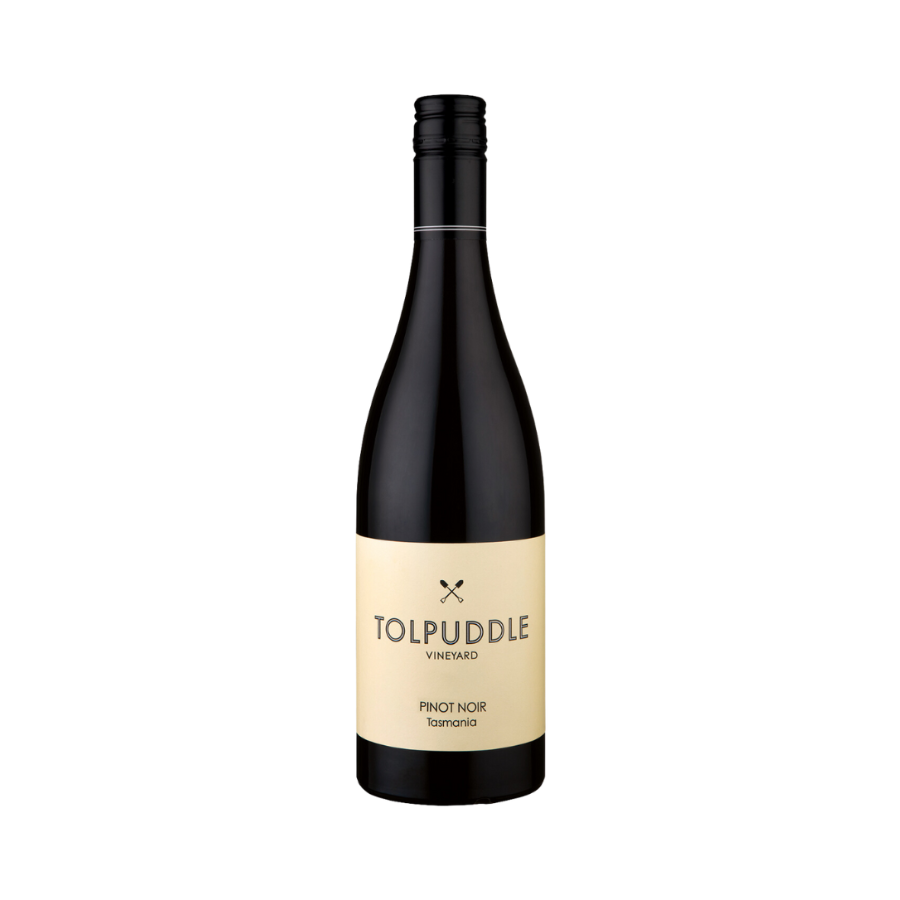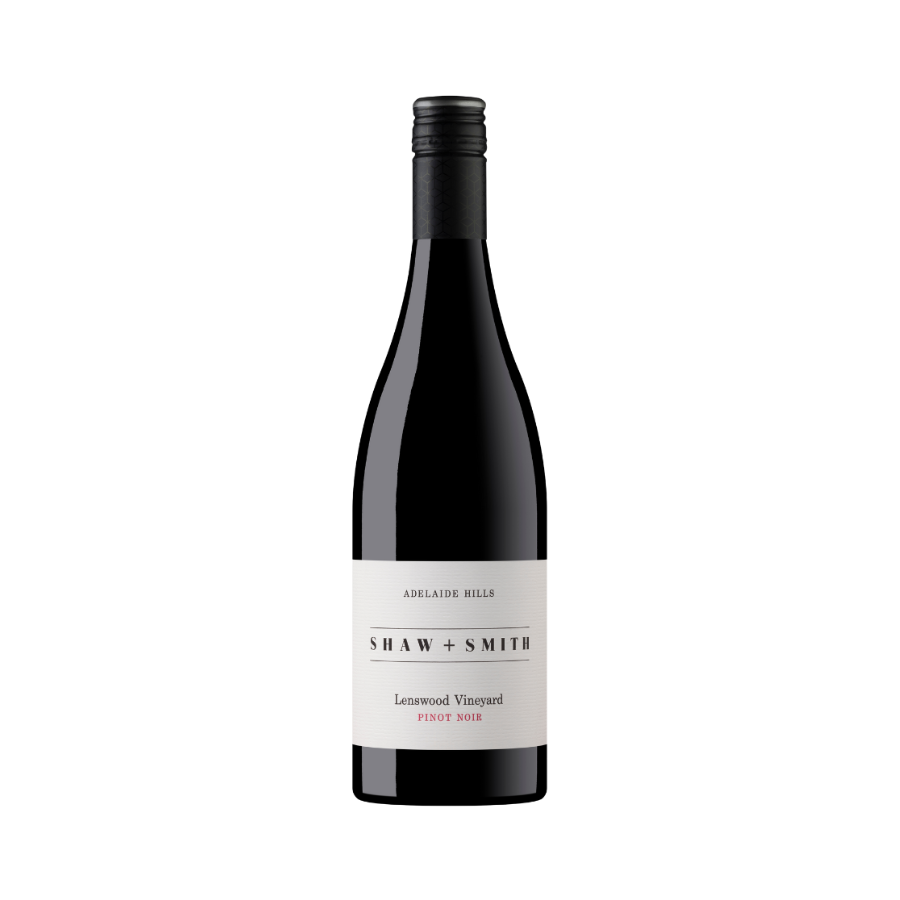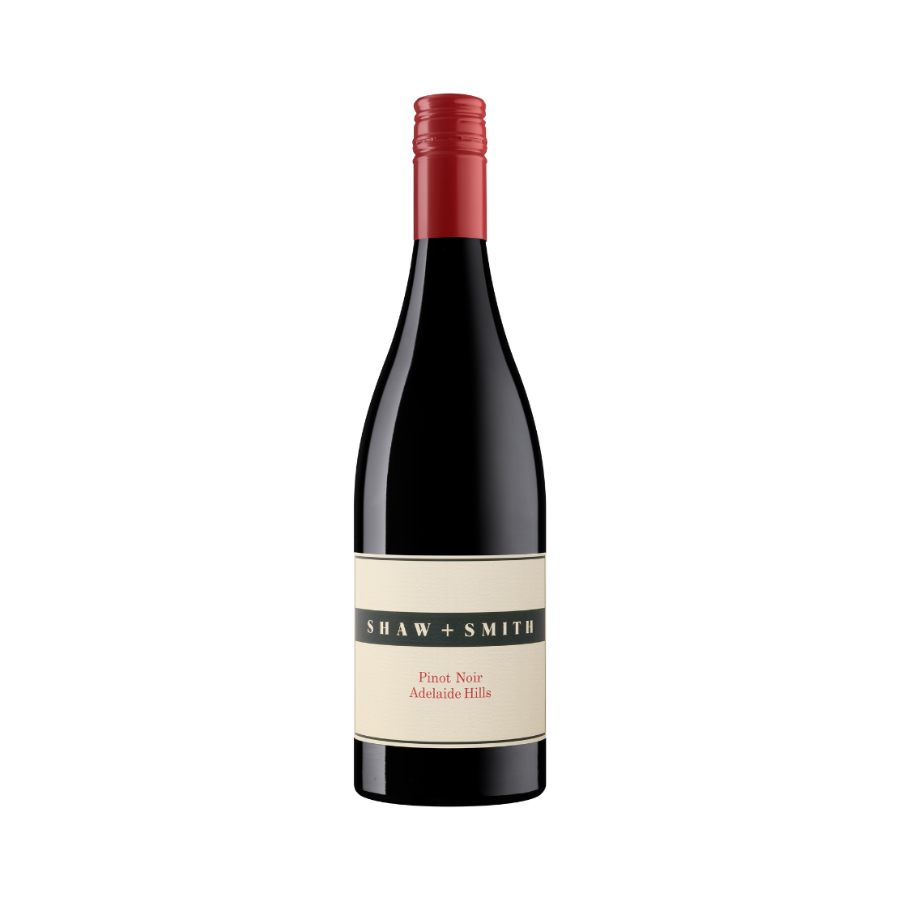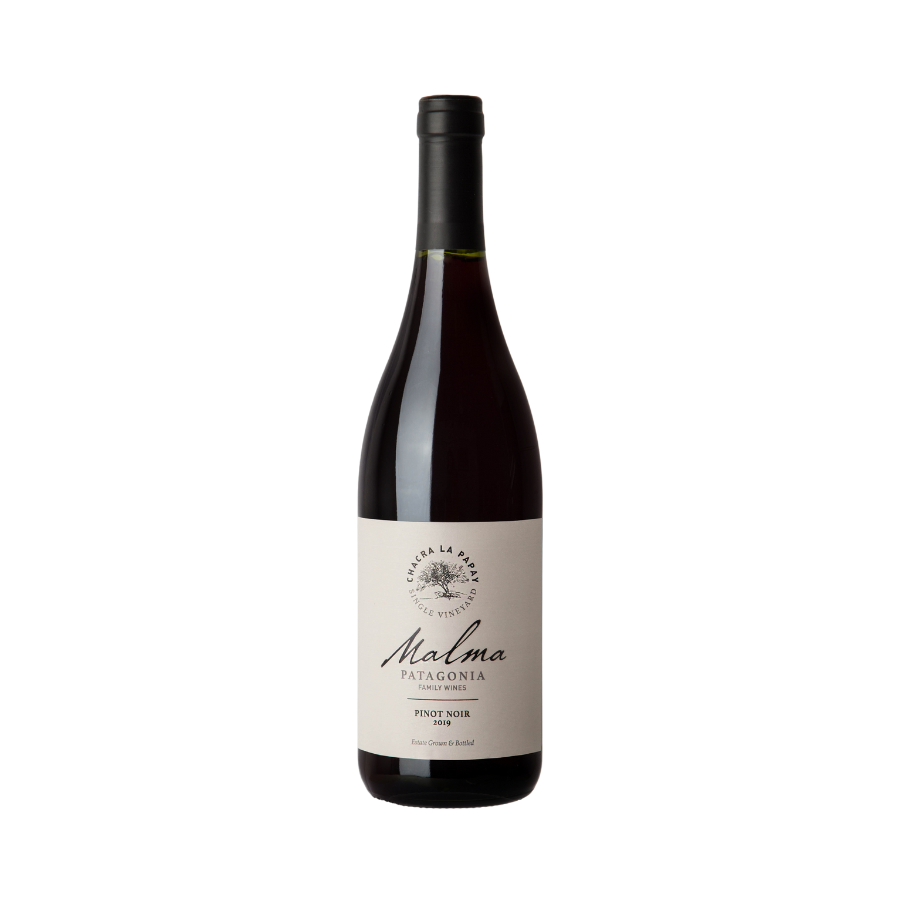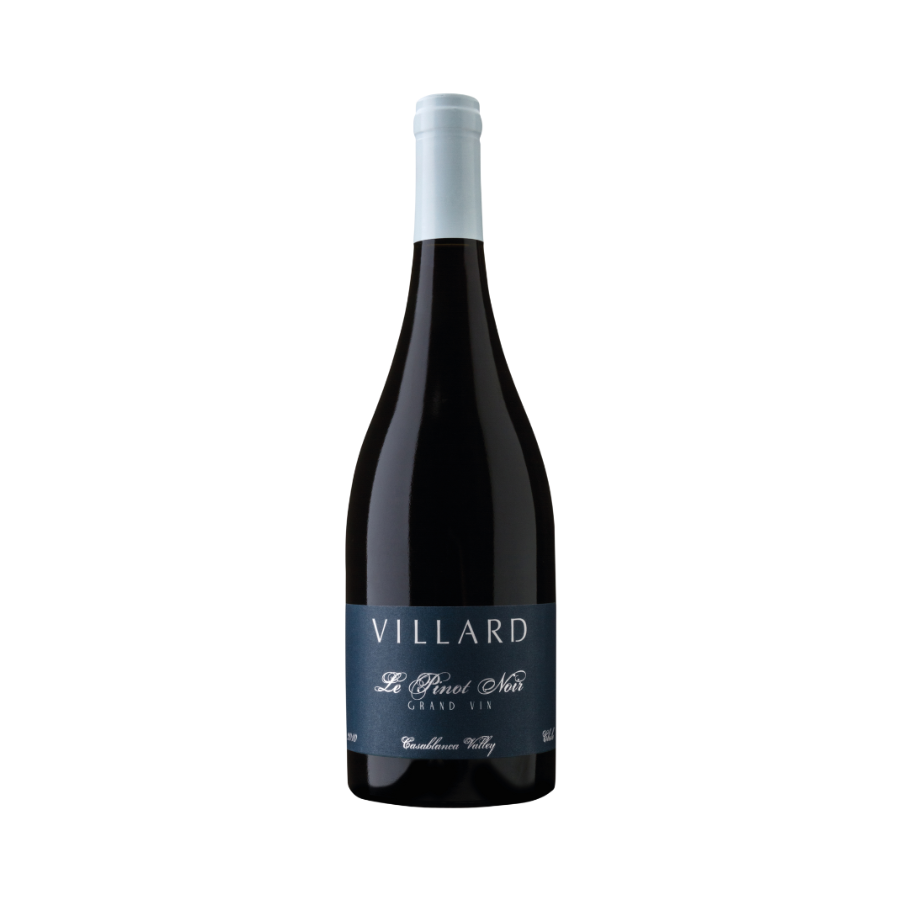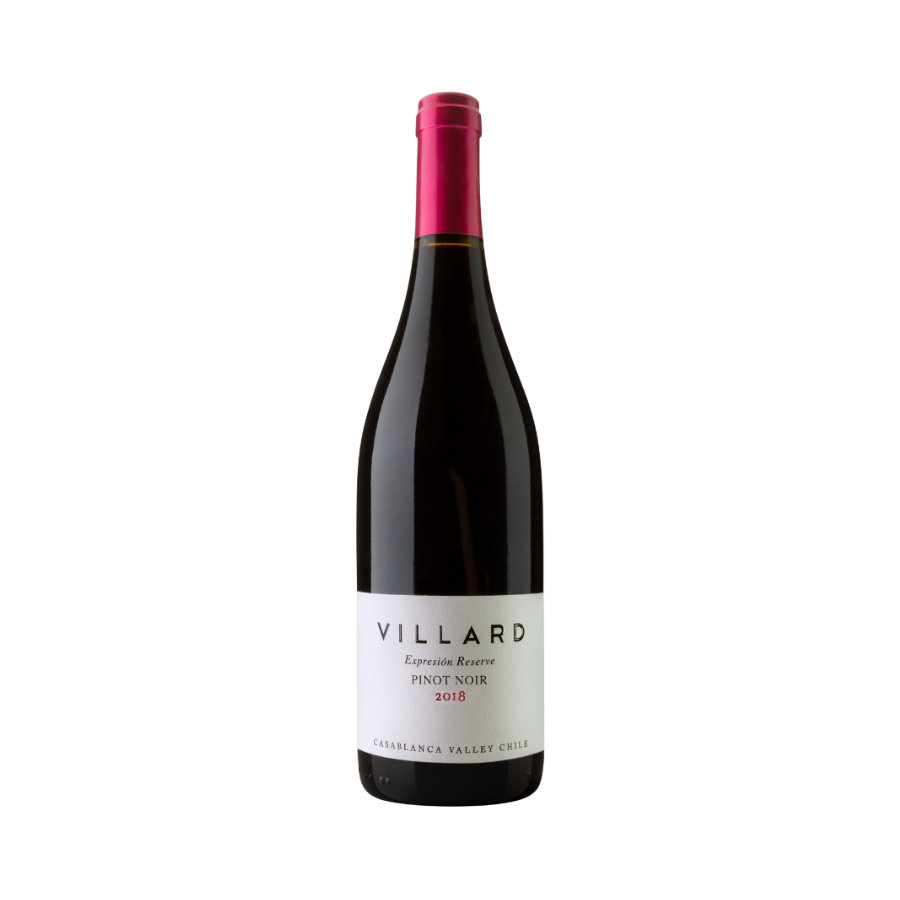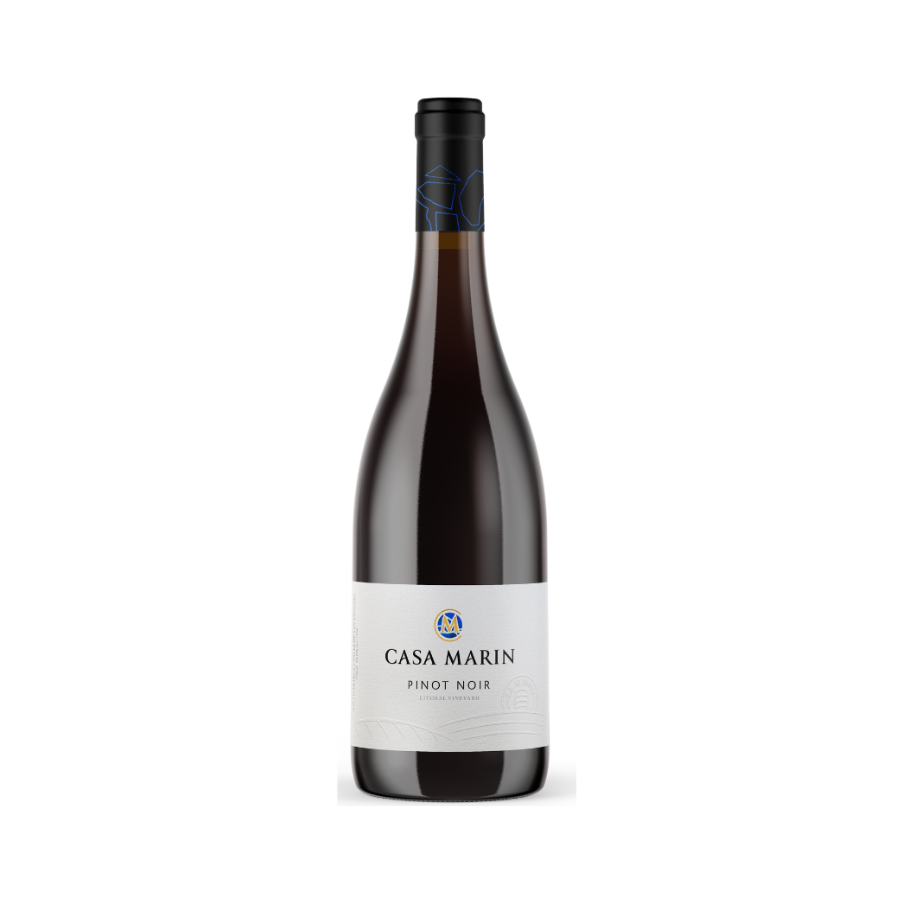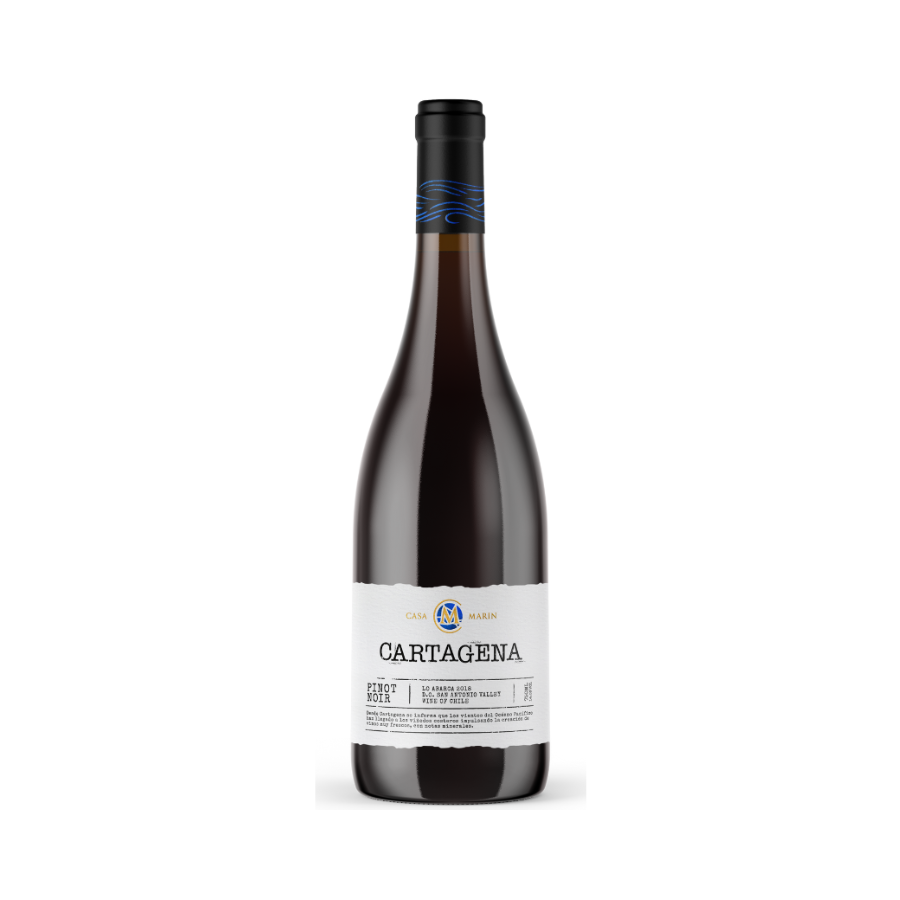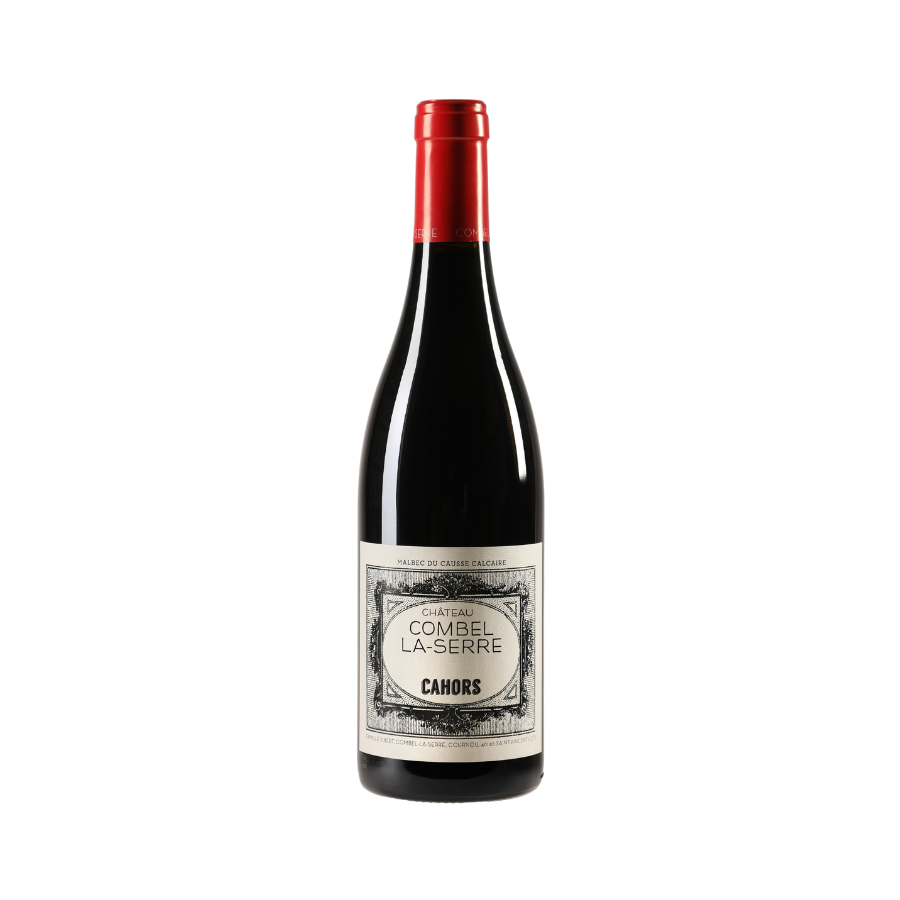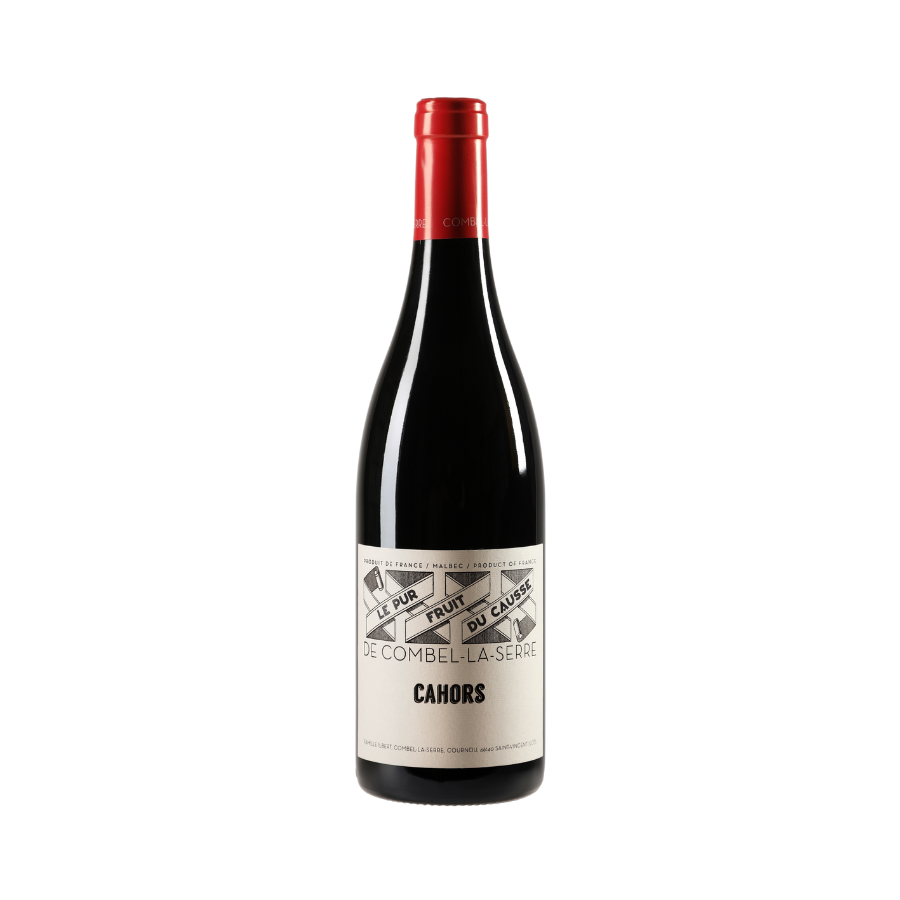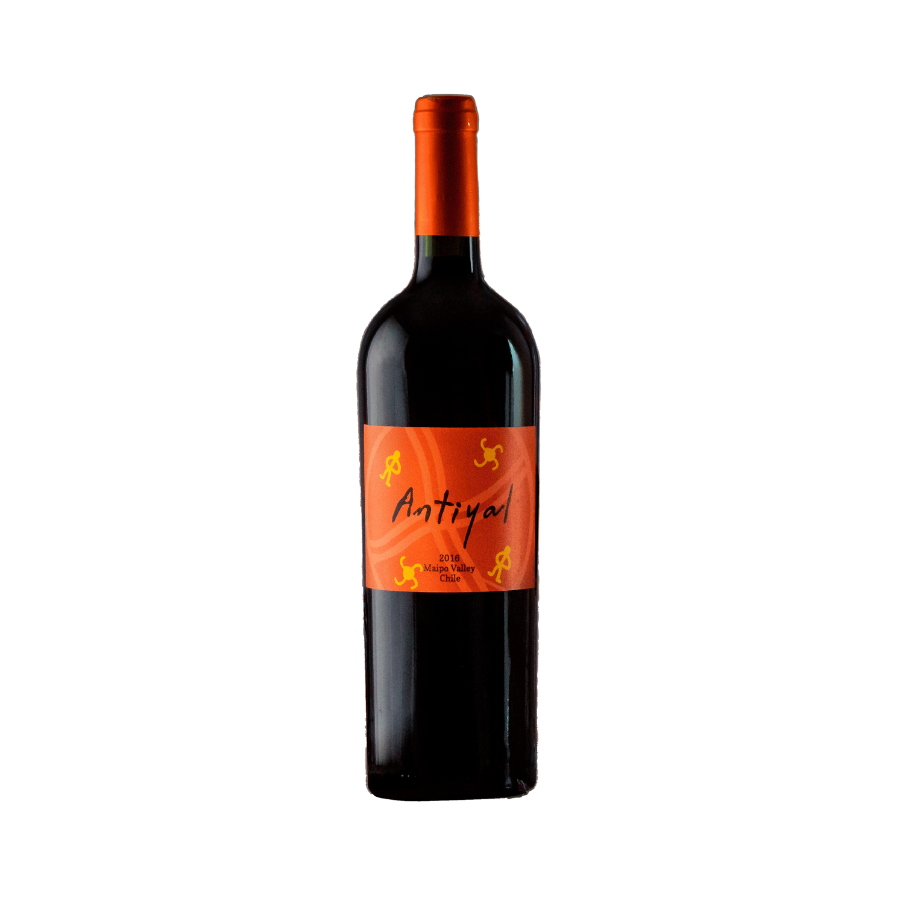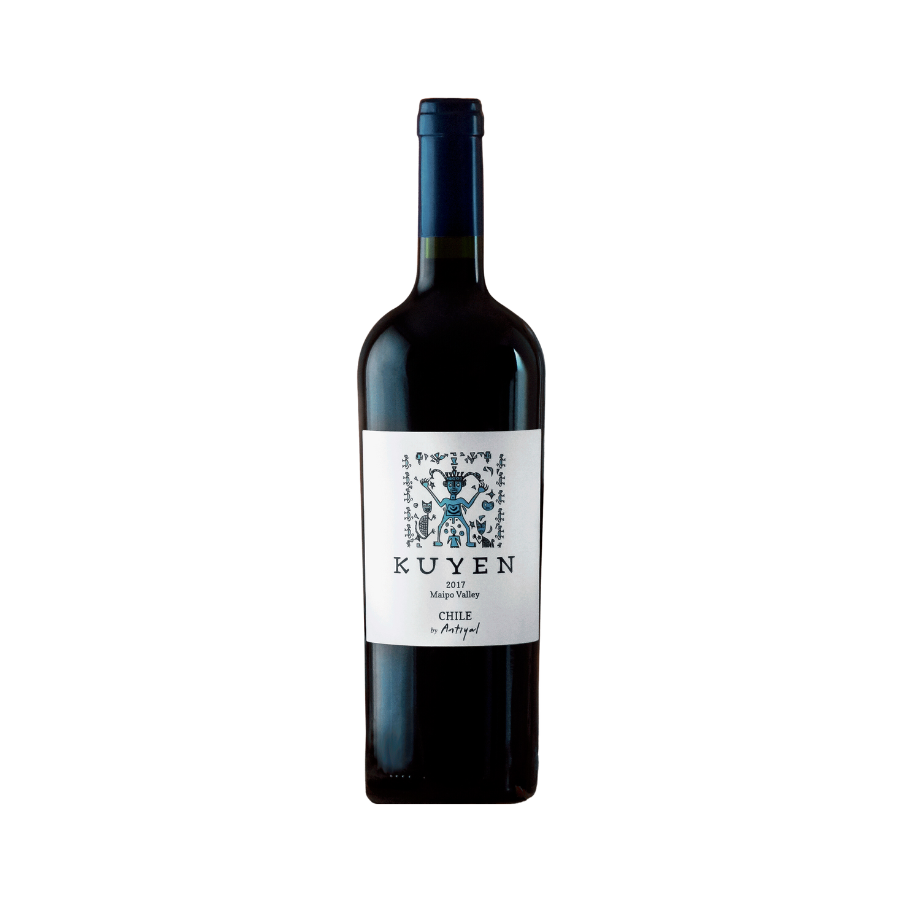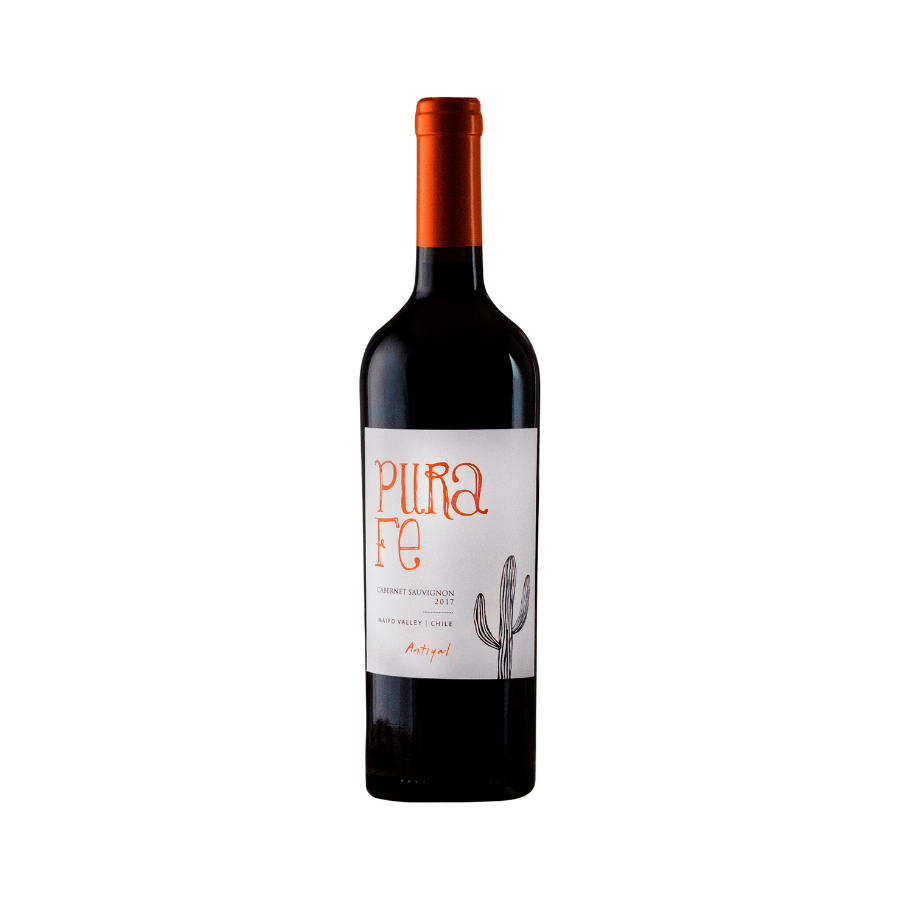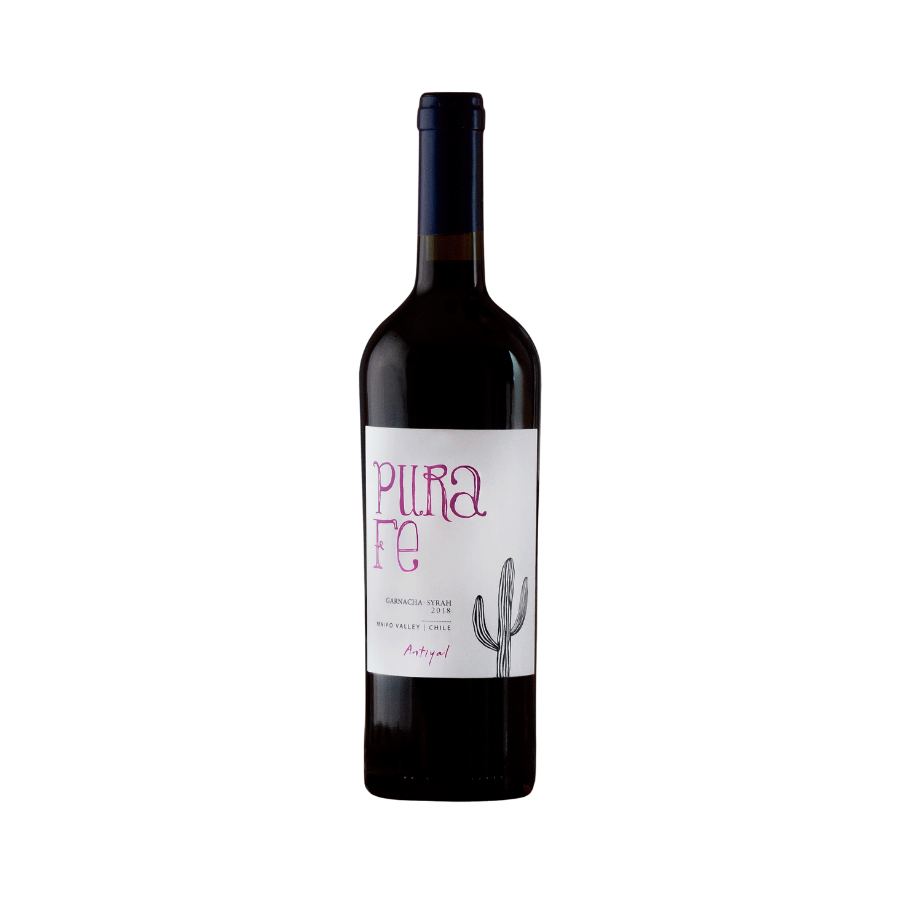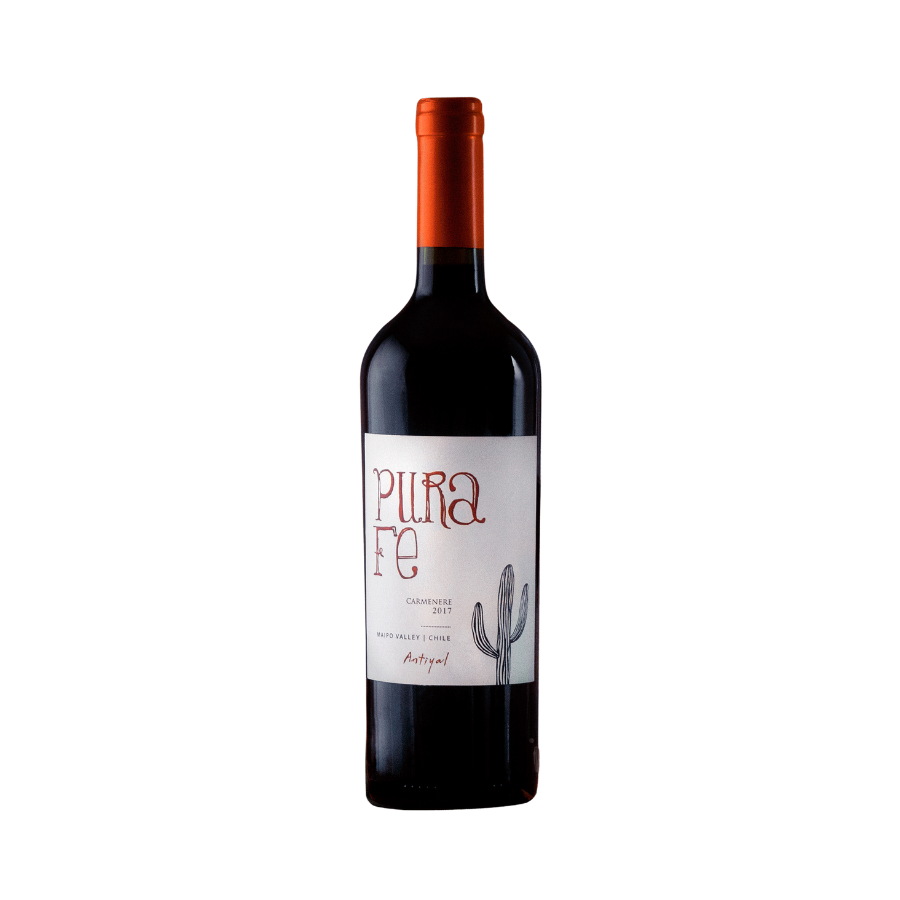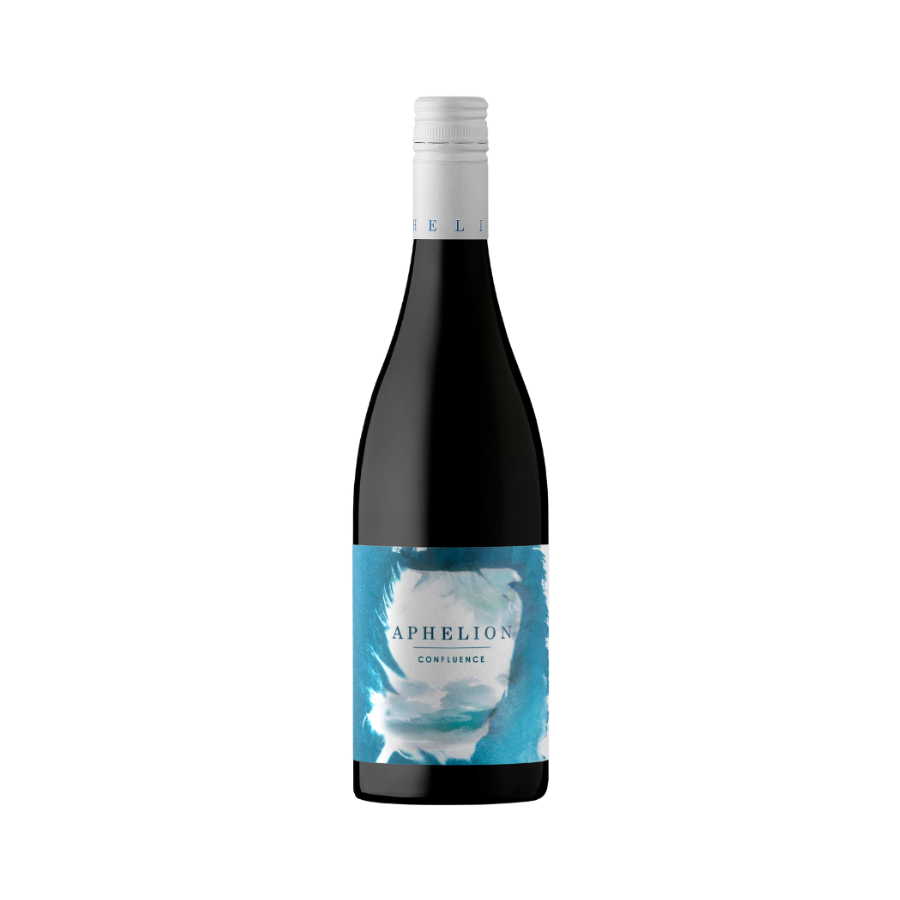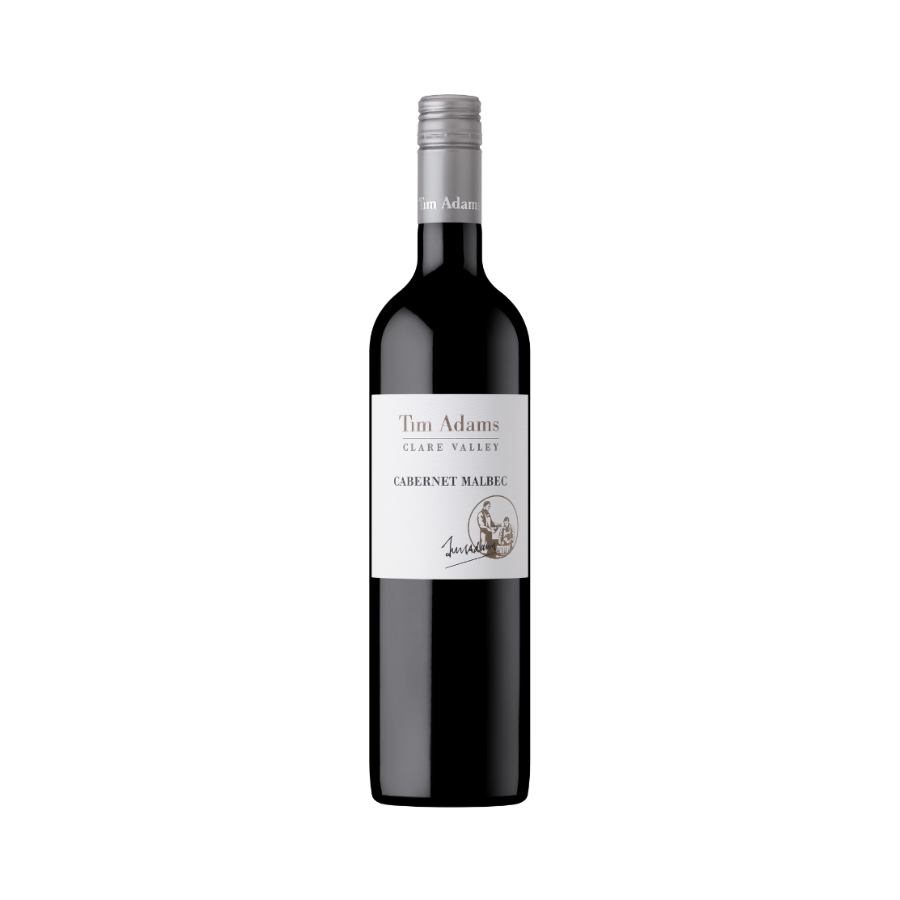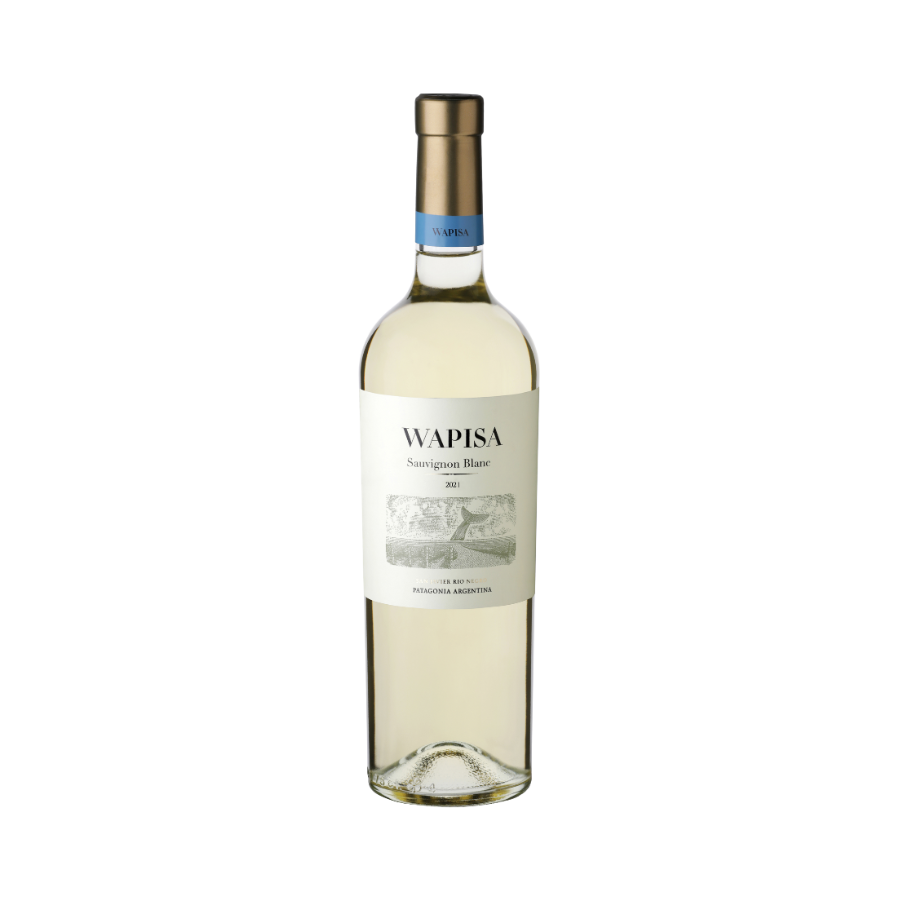Join the family! Latest wine news in your e-mail. 100% for free. No obligation.

A good wine and cheese pairing undoubtedly enhances the tasting experience. With this post we will help you to make the best combinations to achieve the perfect wine and cheese pairing.
Wine and Cheese: The Perfect Duo
The combination of wine and cheese is steeped in tradition, culture and a deep appreciation of quality and craftsmanship. Whatever the occasion, the main rule of this classic pairing remains the same: "don't damage" the taste of the wine.
Getting the taste of the cheese to not overpower the taste of the wine is an art, where you can create incredible combinations that you will want to enjoy again and again.
Let's learn the basics
A successful wine and cheese pairing involves finding complementary flavours and textures that work harmoniously together on the palate, and for this we must follow certain guidelines:
When serving the cheese it is important that it has been removed from the refrigerator at least 60 minutes before serving.This helps to fully appreciate its flavours and aromas. On the other hand, the wine must always be served at the right temperature. Different types of wine are best enjoyed at specific temperatures, and this can have a significant impact on the overall tasting experience.
When it comes to the actual pairing process, it is important to take into account the characteristics of both the wine and the cheese. For example, when pairing wine and cheese, it is beneficial to take into account the intensity of the flavours.
A general rule of thumb that works is to match the intensity of the cheese to the body of the wine. Let us explain it to you:
The lighter and more delicate cheeses are well adapted to the light-bodied white wineswhile the more daring and complex cheeses are a perfect match for the full-bodied red wines.
The texture of the cheese is also important. The interplay between the creaminess, firmness or crumbliness of the cheese and the feel of the wine is an important detail in achieving a good pairing. Sensory factors such as the aromas of cheese and wine also play a role and can complement or contrast each other, adding another layer of complexity to the pairing. With these basic principles in mind, even novices can create pleasing combinations that bring out the best qualities of each element.

Variety is the spice of life
Pairing wine and cheese according to their respective types is an effective way to ensure a harmonious combination. That is why we are going to give you some examples:
The fresh and soft cheesessuch as mozzarella or goat's cheese, usually pair well with crisp and light white wines. The clean and refreshing characteristics of these wines complement the subtle and delicate flavours of the cheeses, resulting in a balanced pairing that is immensely enjoyable. In contrast, the cured and aged cheesessuch as cured cheddar or Parmigiano-Reggiano, often go wonderfully well with full-bodied red wines. The richness and complexity of these wines stand up to the robust flavours of the cheeses, creating a satisfying taste experience.
We cannot forget the semi-soft cheesessuch as gouda or havarti, find the perfect match in the medium-bodied white wines or the light-bodied reds. The versatility of these wines allows them to complement the smooth and creamy textures of the cheeses, enhancing their flavour nuances. To finish, I recommend pairing creamy and decadent cheesesThe combination of cheese, such as brie or camembert, with sparkling wines, such as champagne or cava, is a classic and delicious combination. The effervescence and acidity of sparkling wines cut through the richness of the cheeses, cleansing the palate with every sip.
Temperature matters
Both wine and cheese must be served at the right temperature, which is essential for a successful pairing.
In the case of wine, I recommend serving whites chilled. Most light to medium-bodied whites are best enjoyed at temperatures between 7 and 10 degrees Celsius, while fuller-bodied whites benefit from slightly higher serving temperatures, usually between 10 and 13 degrees Celsius. As for red wines, light and medium-bodied reds are best served slightly cooler, at around 13 degrees Celsius, while medium to full-bodied reds are usually enjoyed at slightly higher temperatures, around 15 to 18 degrees Celsius. These temperature ranges allow the wines to express their full range of aromas and flavours, ensuring a more enjoyable tasting experience.
Another crucial element is to serve the cheese at the right temperature to fully appreciate its qualities. Although it is common to store cheese in the refrigerator, I advise you to take it out about 60 minutes before serving. Allowing the cheese to come to room temperature allows its flavours to fully develop and its textures to soften, resulting in a more complex and enjoyable tasting experience. By adjusting the serving temperatures of wine and cheese, it is possible to create a more harmonious and rounded pairing, where the individual characteristics of each element can be fully appreciated.
Closing time
In short, the art of wine and cheese pairing is all about finding the balance between flavours, textures and aromas. From carefully choosing each element to paying attention to the right serving temperatures, these guidelines offer a solid guide to creating memorable dining experiences.
SELECTION
Light and crisp whites
SELECTION
Medium-bodied whites
SELECTION
Light-bodied reds
SELECTION
Full-bodied reds
